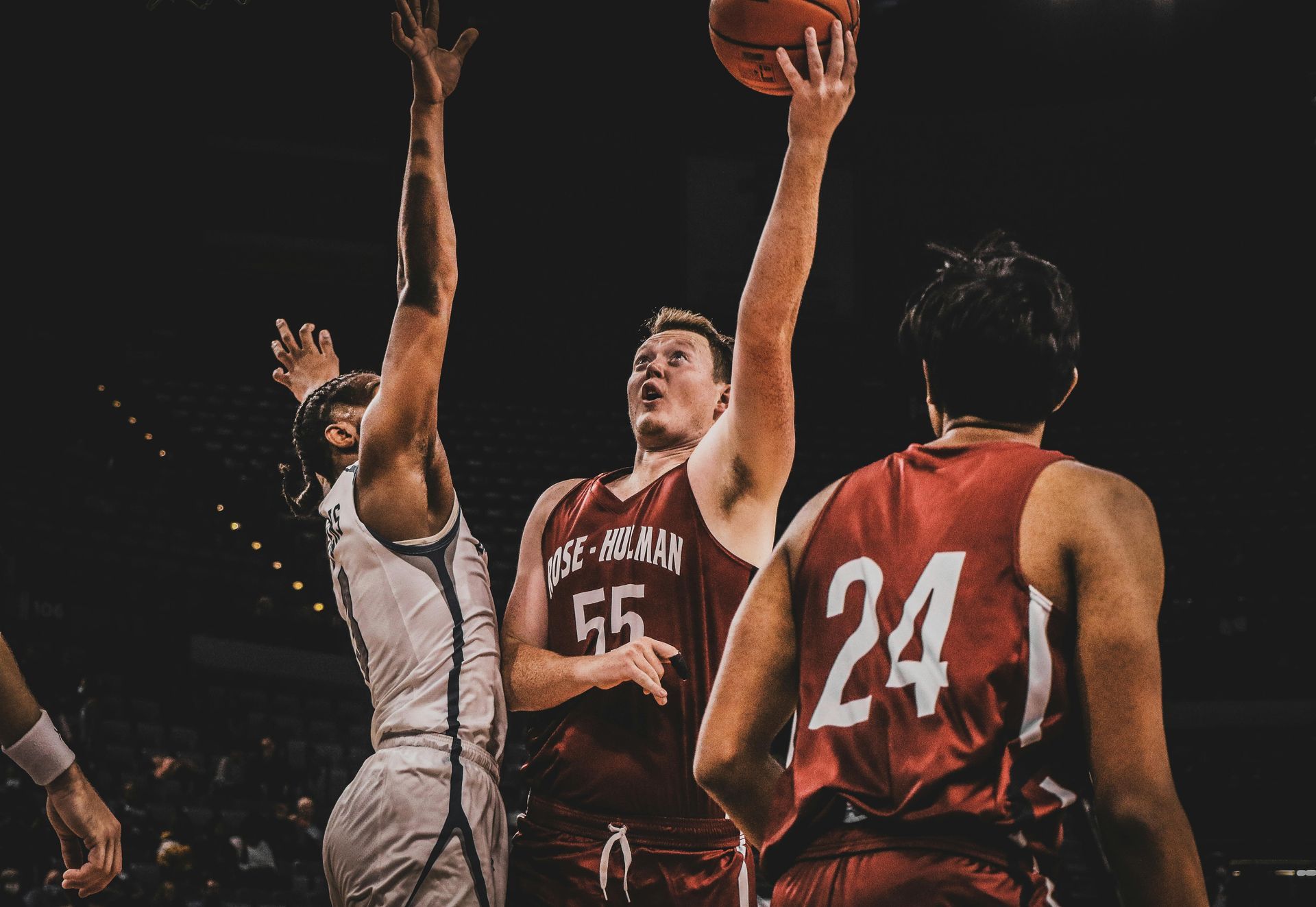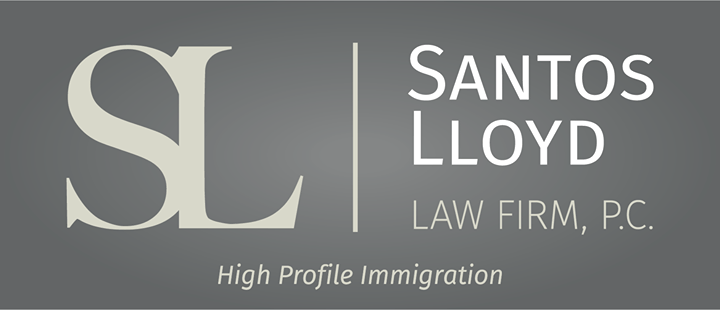You applied in the U.S. for an EB-1 and it is approved. What happens next?
April Perez • November 3, 2022
If you file an EB-1 petition based on your extraordinary ability in your field, and it has been approved what happens next?
First congratulations are in order because that is great news!
Second you now need to gather up some documents and information to apply for Adjustment of Status.
The Adjustment of Status
application is the actual green card application or application for lawful permanent residence that has to be filed once your I-140 (EB-1) application has been approved. An application has to be filed for you, your spouse and any children who are applying with you in the U.S. Each application will consist of several forms including a form for the green card application, the form for the work permit application, and the application for travel document form, among other documents and possibly additional forms depending on what country you are from. Each application will have a separate filing fee for the forms that are included.
An important thing to keep in mind is that if you are currently in O visa status or some other nonimmigrant status in the U.S. once you file the green card application, you will no longer be able to travel on your current nonimmigrant visa status. You will need to wait to receive your Work Permit/Travel authorization card to travel while your green card application is pending. It is also not recommended that you travel frequently while your Adjustment of Status application is pending.
After filing the application, you will receive receipt notices for each form that was filed. You will later receive a biometrics or fingerprint appointment notice which will tell you the time and place at which you will need to appear to have your fingerprints taken. It takes several months to have a work permit/travel authorization to be issued, and in some cases the Lawful Permanent Residence Card (green card) may be received, and no work permit/travel authorization card may be issued. In some cases, USCIS may also schedule an interview for the applicant and their family members.
Once the person has received their approval notice for the Adjustment of Status application, they will then need to wait to receive their Lawful Permanent Residence Card (green card). It is important to not commit any crimes or do anything to violate your status while your Adjustment of Status application is pending and even after it has been approved, in order to avoid jeopardizing your status in the U.S.
If you believe you may qualify for an EB1, you should contact our office.
This blog is not intended to be legal advice and nothing here should be construed as establishing an attorney client relationship. Please schedule a consultation with an immigration attorney before acting on any information read here.
Similar Posts

For individuals applying under the O-1A or EB-1A categories , both reserved for professionals with extraordinary ability, letters of recommendation are a critical part of the petition. These expert testimonial letters offer valuable insight into your accomplishments, reputation, and influence within your field. When written properly, they help demonstrate that you truly stand out as someone who has risen to the very top of your profession. Many petitions submitted by highly accomplished individuals fall short because the recommendation letters are vague, overly personal, or fail to clearly explain why the applicant meets the legal standard of extraordinary ability. That is why taking the time to prepare your recommenders effectively is not just helpful. It is essential to build a strong and persuasive case. First, it is important to help your recommenders understand the purpose of the letter . This is not a casual reference or character recommendation. It is a formal declaration to U.S. Citizenship and Immigration Services that you possess extraordinary ability in your area of expertise. The letter must describe your achievements in concrete terms and explain why your work has had a significant impact and recognition within your field. Many professionals, no matter how accomplished, are unfamiliar with the specific requirements of the O-1A and EB-1A categories. It is helpful to provide them with a short explanation of what is needed, and in some cases, a sample or outline to guide them. Selecting the right recommenders is just as critical as the content of the letters themselves. While USCIS gives greater weight to letters from independent experts, independence should not be confused with distance. The ideal recommender is someone who knows your work well and can provide specific and credible insight into your contributions, impact, and reputation in the field. A letter from someone who barely knows you, or one that focuses more on the recommender’s own accomplishments than yours, is unlikely to carry much weight with USCIS. A common mistake is submitting letters that read more like summaries of the recommender’s resume than a meaningful evaluation of your achievements. While a brief introduction of the recommender’s qualifications is important to establish credibility, the focus must remain squarely on you , your work, your innovation, and the ways in which your impact is considered extraordinary. The strongest letters go beyond general praise. They include clear and detailed examples of how your contributions have influenced others in your field or led to measurable outcomes. To make the letter as accurate and persuasive as possible, you should provide your recommenders with a summary of your most important professional milestones. This might include major awards, media coverage, patents, publications, notable leadership roles, or metrics showing the commercial or scientific success of your work. Well-prepared recommendation letters serve as both evidence and narrative. They help fulfill specific legal requirements and also tell the story of how and why your work has earned you distinction. In a category defined by terms like extraordinary ability, it is important that every part of your petition reinforces that standard. At Santos Lloyd Law Firm, we work closely with our clients and their recommenders to develop strong and compelling testimonial letters that meet USCIS expectations and highlight each applicant’s unique contributions.

If you've made it to the United States as a culinary professional—perhaps on an O-1B visa that recognizes your extraordinary talent, or a P-3 visa for sharing your rich culinary heritage—congratulations! You’ve already proven yourself as a standout in your craft. But what if we told you that your journey doesn’t have to end when your temporary visa does? In fact, your current status could be the perfect stepping stone to something much more lasting: a green card through the EB-1A category. The EB-1A visa is a first-preference employment-based immigrant visa, designed for individuals with “ extraordinary ability ” in fields such as the arts, sciences, education, business, or athletics. And yes—culinary arts absolutely count. The key is demonstrating that your skills have risen to the very top of your field. If you've already gone through the O-1 or P-3 process, you're likely well on your way . Here’s the good news: much of the evidence used to obtain your O-1B or P-3 visa can be repurposed for your EB-1A petition . Awards, press features, expert testimonials, and proof of your work in prestigious kitchens or at cultural events—they're all valuable again. But what’s even more exciting is that everything you’ve accomplished while in the U.S. on your temporary visa—whether launching a signature tasting menu, starring in a food documentary, or leading culinary workshops—can now be used to further strengthen your case. According to USCIS, EB-1A applicants must meet at least three of ten criteria unless they’ve received a major internationally recognized award. These criteria include things like published material about your work, original contributions of major significance, high salary, and a critical role in distinguished organizations. For many chefs, especially those who’ve thrived in the U.S. hospitality scene, it’s absolutely achievable with the right guidance. What sets the EB-1A apart is that it does not require an employer sponsor . That’s right—you can self-petition! This means your culinary career can be as flexible and entrepreneurial as you want it to be, whether that means opening your own restaurant, expanding into media, or continuing to cook your way into America’s heart. Even better? It can be one of the fastest paths to a green card available. With premium processing, your I-140 petition can be adjudicated within just 15 business days. And if your country’s EB-1 visa category is current on the visa bulletin at the time of approval, you may be eligible to file your green card application immediately. This combination of speed, autonomy, and flexibility makes EB-1A an incredibly attractive next step in your immigration journey. At Santos Lloyd Law Firm, we love helping creative professionals take their next big step. If you’ve already wowed the world with your cuisine, the EB-1A may be your opportunity to stay and make your mark for good. Contact us today to find out if the EB-1A is the next right step for you!

Once you have connected with a college program, have been admitted to the school, and deemed eligible to compete athletically, you will need to secure an F-1 student visa in order to actually attend your new college and begin your time as a student athlete. The first step in the visa process is to receive your Form I-2

For many talented athletes around the world, U.S. college athletics represent a remarkable opportunity to combine elite athletic competition with higher education. In sports such as basketball, soccer, track and field, and tennis, among others, hundreds of colleges and universities across the United States offer struct

Under the new regulation, if a person filed or files Form I-589, Application for Asylum and for Withholding of Removal after October 1, 2024, and the application remains pending with USCIS for 365 days, the applicant must pay an Annual Asylum Fee (AAF) on the one-year anniversary of his or her filing date.



